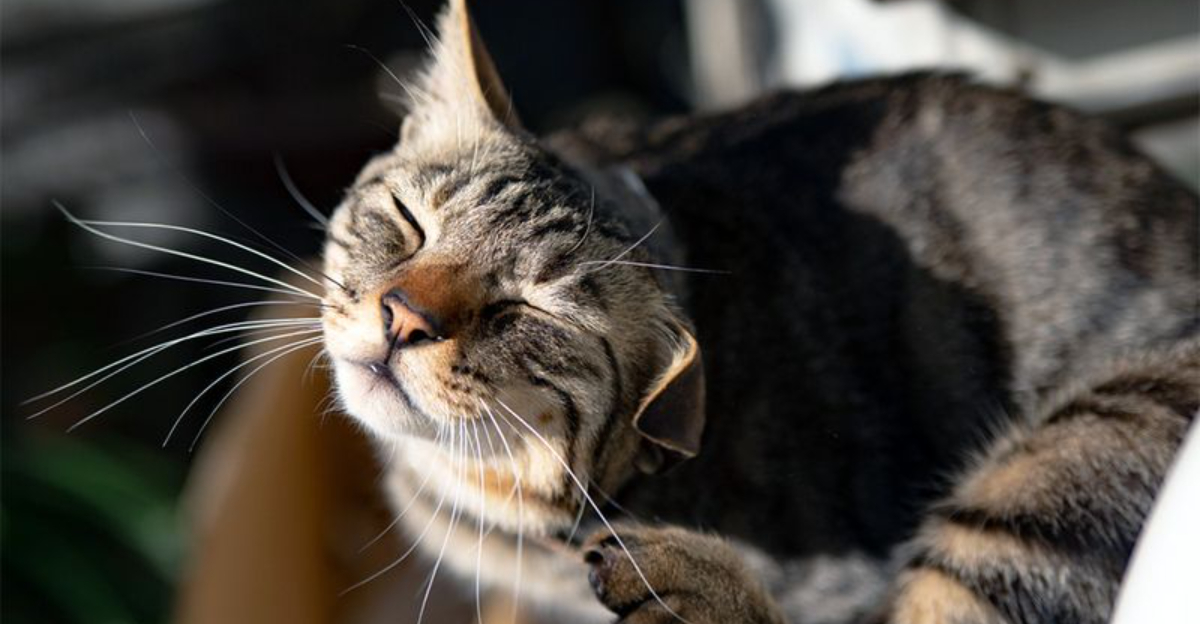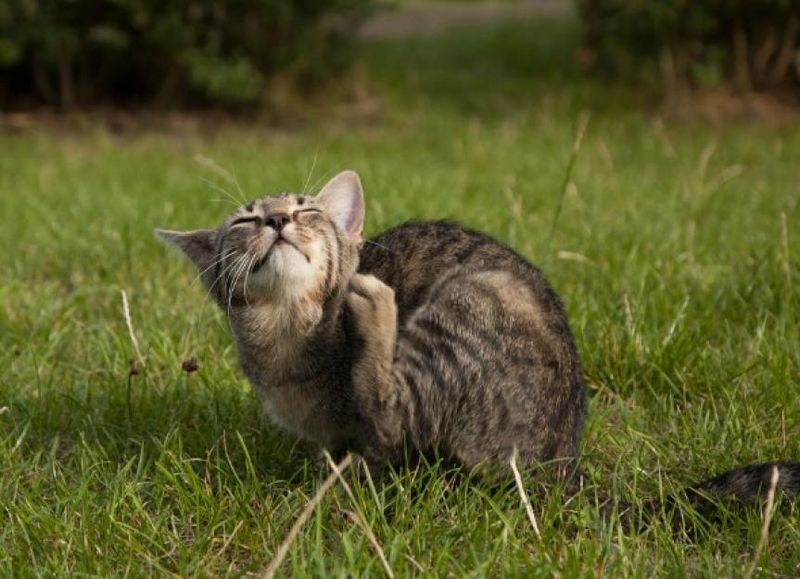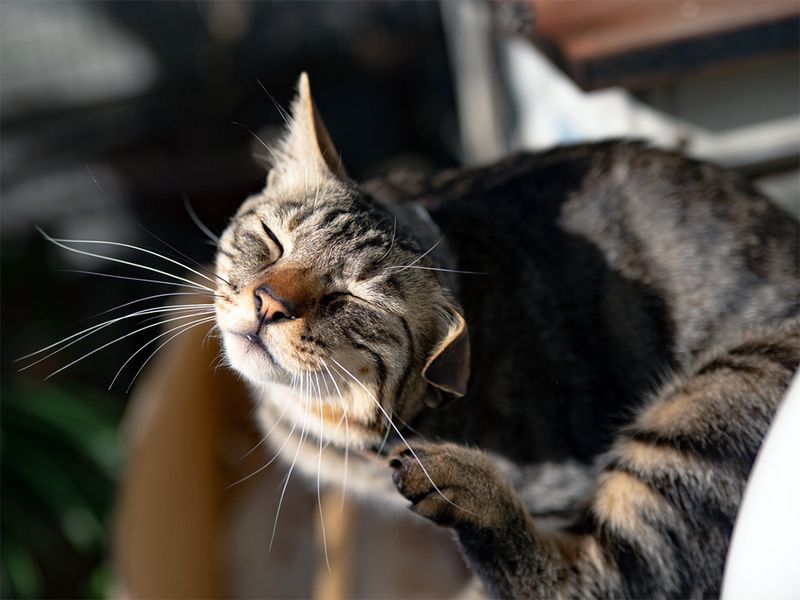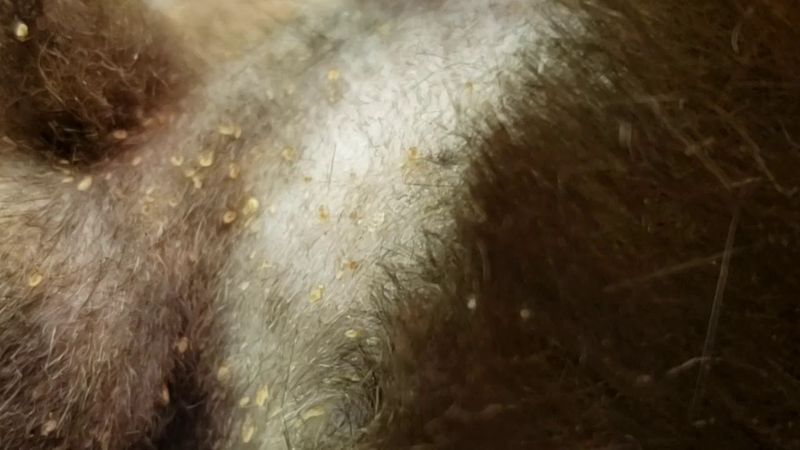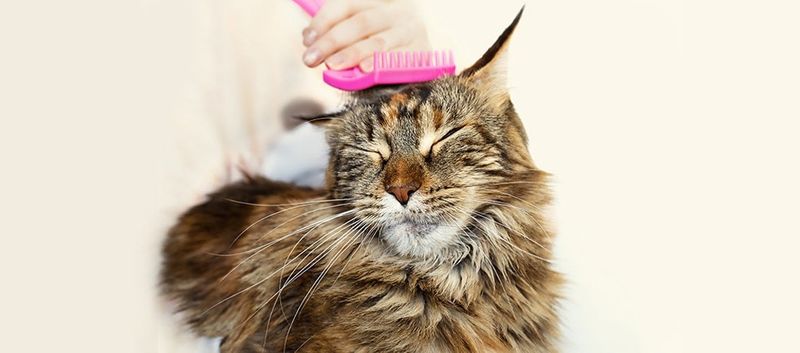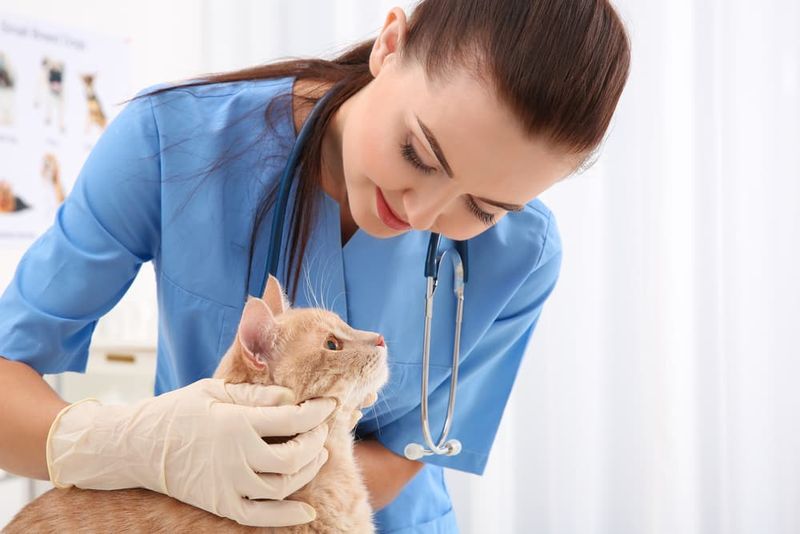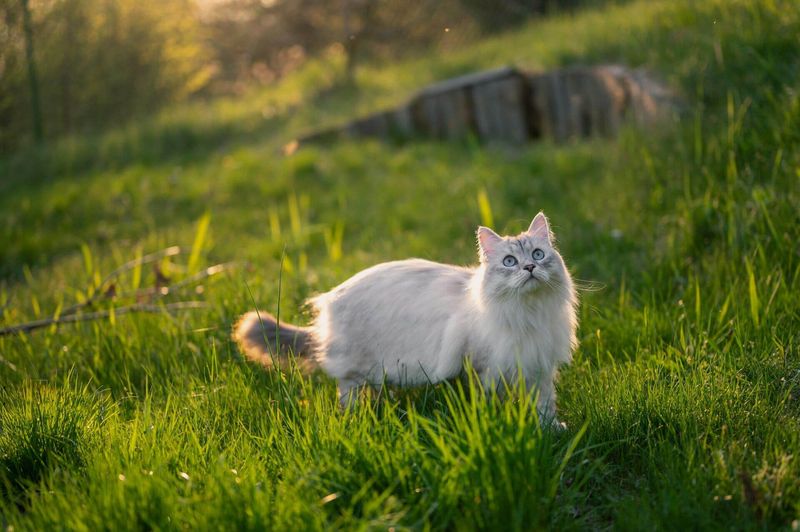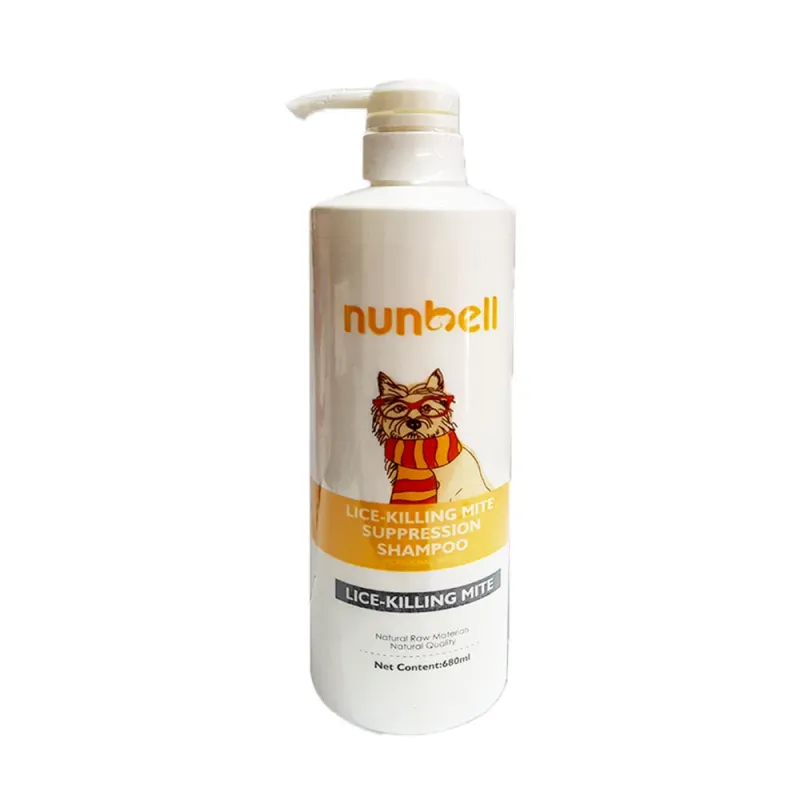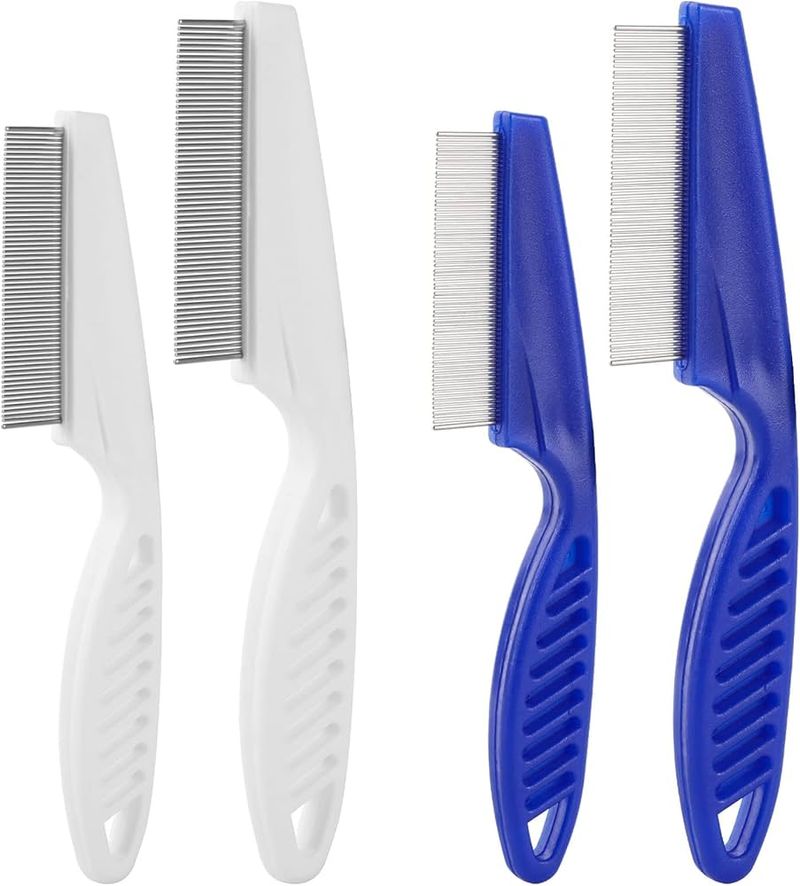📖 Table of Content:
Lice may not be the first parasite that comes to mind when you think of cat health problems, but they’re more common than most pet owners realize. These tiny, wingless insects can cause significant discomfort for your feline friend and may even lead to secondary skin infections if left untreated. Understanding the signs of lice infestation is key to ensuring your cat stays happy, healthy, and itch-free.
Unlike fleas or ticks, lice tend to be more species-specific and don’t typically jump between different types of animals or humans. However, they can still spread rapidly between cats, especially in multi-cat households, shelters, or situations where hygiene is compromised. Knowing how to spot lice early can help you avoid a full-blown infestation and protect your pet from unnecessary suffering.
This article will walk you through seven of the most common signs that your cat may have lice, explain the root causes of infestations, and provide effective remedies to help you take action. With this knowledge, you’ll be better prepared to catch symptoms early and take the right steps toward treatment and prevention. Let’s take a closer look at what lice in cats really looks like.
1. Excessive Scratching or Biting
Sudden, persistent scratching is one of the earliest and most obvious red flags. Your cat might target areas around the neck, ears, or base of the tail with unusually intense focus. Often, this excessive grooming leads to skin irritation and even minor wounds. Over time, constant biting or licking may cause fur discoloration or matting. Observant pet owners will notice a spike in grooming behavior that’s outside the cat’s normal habits. If your cat is keeping you up at night with all the noise from scratching, lice might be the culprit. A vet visit can confirm if this behavior is linked to a parasitic cause.
2. Dry, Matted, or Scruffy Fur
Noticeable changes in your cat’s coat can indicate an underlying problem like lice. What was once a silky, smooth layer of fur may become dull and tangled. When lice feed on your cat’s skin, they disrupt natural oil production, which contributes to dryness and matting. Petting your cat may suddenly feel rough or uneven, revealing sections of knotted or brittle hair. Grooming tools may get stuck more easily in fur that was previously easy to brush. Cats may avoid grooming themselves altogether due to skin sensitivity. These coat changes are subtle but tell a clear story of irritation and infestation.
3. Visible Tiny White Specks (Nits)
Tiny, rice-like dots along your cat’s hair shafts might actually be lice eggs—called nits. Unlike dandruff, these specks don’t shake off easily and tend to stick stubbornly to individual hairs. Carefully parting the fur may reveal clusters of these near the base of the neck or behind the ears. Natural light or a flashlight can make them easier to spot. If you’re unsure whether you’re seeing nits or regular debris, try running a flea comb through the fur—lice eggs will remain in place. Spotting nits early allows for quicker intervention and a higher success rate in treatment. These visual clues are critical in confirming a lice diagnosis.
4. Close Contact with Infected Animals
Direct contact with another infested cat is the most common transmission route. If your cat shares bedding, grooming tools, or even space with an affected animal, the chances of getting lice rise dramatically. Lice don’t move quickly, but close proximity provides ample opportunity for them to transfer. This is especially true in shelters, catteries, and multi-pet households. Monitoring new or foster animals for signs of lice is key. Early isolation and screening can make a significant difference. Routine checks after introductions help keep your pets lice-free.
5. Poor Grooming or Neglected Hygiene
Cats that cannot groom themselves due to age, obesity, or illness are at higher risk. Grooming not only keeps fur clean but also removes parasites and eggs. When this self-care is compromised, lice can thrive undisturbed. Even long-haired cats are more vulnerable due to hidden areas in the coat. Neglected grooming routines by owners can also allow infestations to worsen. Keeping a regular grooming schedule helps prevent problems before they grow. Daily brushing and observation make a major difference.
6. Living in Overcrowded or Unsanitary Conditions
Lice flourish in environments where cleanliness is not maintained. Dirty bedding, litter boxes, and living areas create ideal conditions for them to spread. Poor ventilation and cramped spaces contribute to infestation outbreaks. Regular cleaning with hot water and disinfectants is necessary to break the lice life cycle. Shared resources in multi-pet homes should be washed frequently. Lice are hardy, but they can’t withstand proper hygiene measures. Staying on top of sanitation keeps infestations at bay.
7. Outdoor Exposure
Outdoor cats come into contact with various animals and environments, raising their risk. Lice can transfer from wild animals or other neighborhood pets. Brush, soil, or shared resting spots may harbor lice waiting to catch a ride. Even short outdoor adventures can be enough for exposure. After outings, a thorough inspection is recommended. Flea and parasite preventatives may help, but lice often require specific solutions. Limiting unsupervised outdoor time is one of the safest prevention strategies.
8. Medicated Shampoos
Lice-killing shampoos can be helpful, especially in early infestations. These shampoos usually contain pyrethrins or similar ingredients safe for feline use. Proper application requires lathering the product thoroughly and allowing it to sit before rinsing. Bathing also helps soothe irritated skin and remove dead lice and debris. Not all cats tolerate baths well, so be gentle and patient. Multiple applications may be required, spaced several days apart. Your vet can recommend the safest brand for your cat’s skin type.
9. Manual Removal
Using a flea comb daily can aid in physically removing lice and nits. Comb in small sections from head to tail, especially around the neck and ears. Dipping the comb in soapy water between strokes ensures that lice don’t crawl back. It’s a time-consuming method, but it works well in mild infestations or when combined with other treatments. Keep the comb sanitized between uses. Persistence is key, as lice eggs may hatch days after the first comb-through. Regular manual checks speed up recovery.
